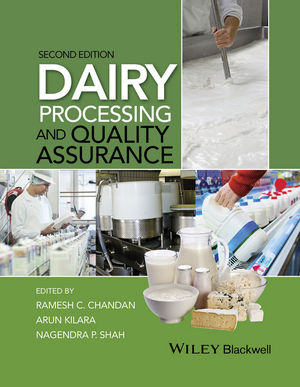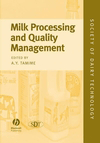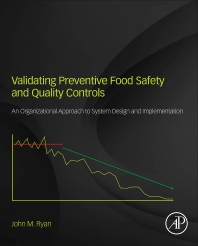
Reduce Carbs, Not Quality
Consumer demand for
reduced-carbohydrate and low-carbohydrate frozen desserts continues to
grow. The unique freezing points in lower-carbohydrate formulations,
however, present challenges for manufacturers.
When used in low-carbohydrate frozen desserts, Avicel®, Avicel-plus®
and Gelstar® microcrystalline cellulose (MCC) products stabilize both the oil
and water phases, resulting in products that boast the eating quality of regular
ice creams. Consisting of more than 95 percent insoluble and soluble fiber,
the MCC products bring with them virtually zero “net carbs,” based on the Atkins
nomenclature.
In low-carbohydrate formulations, the MCC products
form a three-dimensional network when
activated in the aqueous phase. This network provides excellent
stabilization and texture. The unique functionality is achieved through the
co-processing of MCC with carboxymethylcellulose (CMC). The hydrogen
bonding between the MCC particles and the unsubstituted regions on the CMC
molecules forms junction zones, creating a stable insoluble particulate
network that provides the rheology, texture and mouthfeel of fat. In
finished products, the network of sub-micron-sized particles has a large
surface area that allows the absorption of moisture during freeze/thaw
cycling, reducing moisture migration and minimizing ice crystal growth.
Processors can reduce the fat content and improve on
the quality and cost parameters by replacing fat and nonfat milk solids
with MCC products. The potential for cost savings also is possible when
reducing the butterfat or milk solids.
Odorless, tasteless and non-caloric, the MCC products
also provide some protection against shrinkage caused by atmospheric
pressure changes during distribution and storage.
FMC BioPolymer welcomes the opportunity to discuss your
frozen dessert formulation needs. — FMC BioPolymer, (800) 526-3649, www.fmcbiopolymer.com
$OMN_arttitle="Reduce Carbs Not Quality";?>





